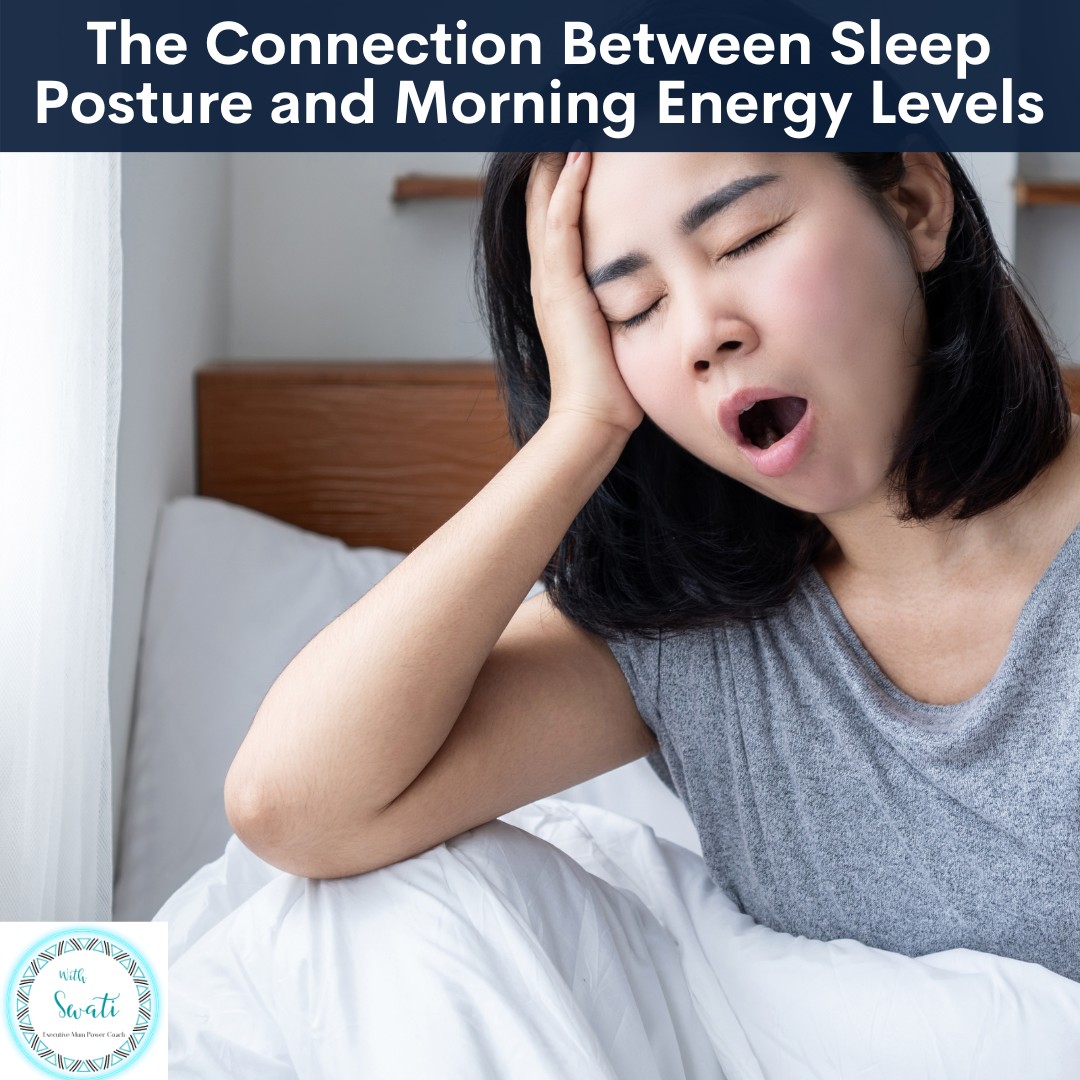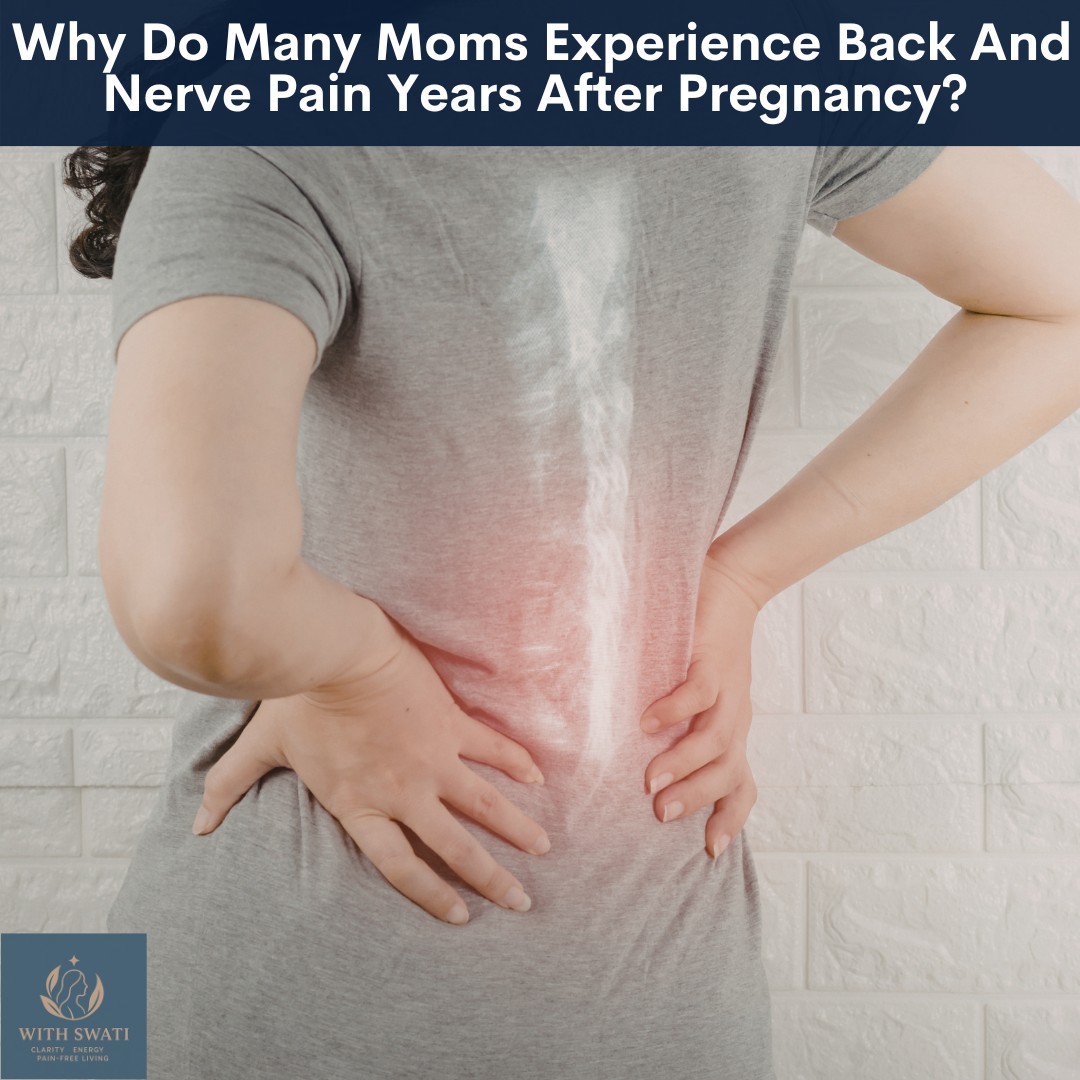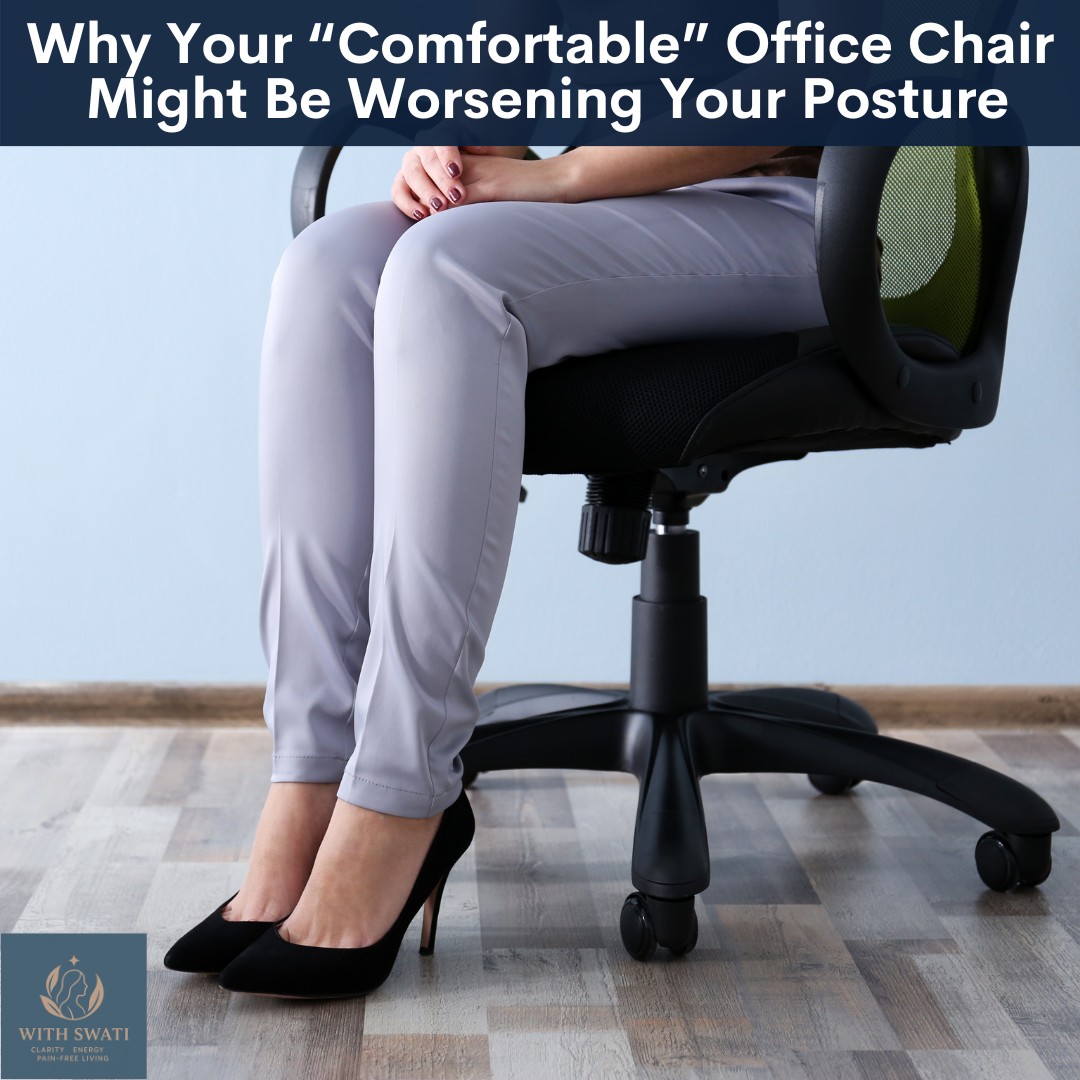
As an executive mom balancing demanding work responsibilities and family commitments, staying active can feel like just another task on an endless to-do list. You know that regular exercise is important, yet finding time to fit it into your busy schedule can feel nearly impossible. Even when you do manage to carve out a bit of time, you might still end up frustrated, sore, or even injured. There are some common mistakes that trip up busy moms just like you. In this blog, lets discuss how to avoid these common pitfalls and start moving better without the extra stress ...
Read more...
As an executive mom, you're used to powering through packed days, navigating back-to-back meetings, caring for your family, and constantly shifting gears. When headaches strike, you may reach for painkillers just to get through. And maybe they work for a while. But when the pain comes back again and again, you’re left wondering why isn’t this going away? If you’re relying on medication alone, you’re likely missing the root cause and for many women like you, that root isn’t in your head at all. In this blog lets discuss the basic cause of these recurrent headaches that just don't go away for good ...
Read more...
As an executive mom, you don’t have time for endless health routines, yet chronic pain, fatigue, and brain fog can’t be ignored. Inflammation is at the root of many of these issues, but between back-to-back meetings and parenting responsibilities, finding a realistic way to reduce it feels overwhelming. In this blog lets discuss how you can reduce inflammation and boost energy, even with a packed schedule ...
Read more...
As an executive mum juggling career and family, waking up feeling refreshed is essential. However, poor sleep posture could be sabotaging your morning energy. From neck and back pain to nerve pain, the way you sleep can significantly impact how you feel when the alarm rings. In this blog, lets discuss the connection between your sleeping posture and morning energy levels ...
Read more...
As an executive mom, stress is often just part of your daily life. Managing career demands, family needs, and everything in between means you’re constantly ‘on’. But what if that mental load is doing more than just exhausting you mentally? In this blog, lets discuss how stress and anxiety can create physical tension or pain in your head, neck and jaw ...
Read more...











